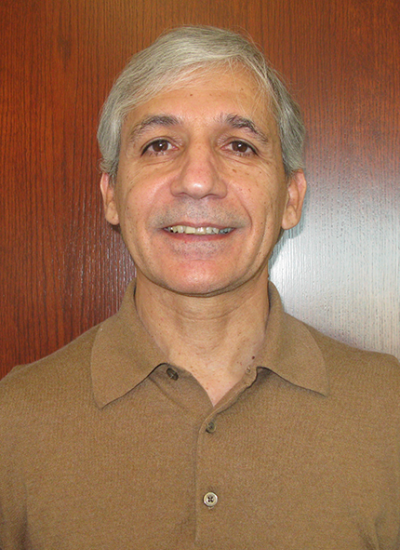Nanotechnology
Professor, Aerospace-Mechanical Engineering
Professor, Biomedical Engineering
Professor, BIO5 Institute
Member of the General Faculty
Member of the Graduate Faculty
Primary Department
Department Affiliations
Contact
(520) 626-8093
Frederic Zenhausern
Director, Center for Applied NanoBioscience and Medicine
Professor, Basic Medical Sciences
Professor, Radiation Oncology
Professor, Biomedical Engineering
Professor, Clinical Translational Sciences
Director, Program Development and Implementation
Professor, BIO5 Institute
Member of the General Faculty
Member of the Graduate Faculty
Primary Department
Department Affiliations
Contact
(602) 827-2051
Work Summary
Our research approaches apply a combination of advances in nanoscience, molecular biology and omics to a new generation of biological tools and sensors based on nano and microscale technologies for breakthrough applications in healthcare delivery.
Research Interest
Jeffrey Pyun
Professor, Chemistry and Biochemistry-Sci
Professor, Optical Sciences
Professor, BIO5 Institute
Member of the General Faculty
Member of the Graduate Faculty
Primary Department
Department Affiliations
Contact
(520) 626-1834
Research Interest
Jeanne E Pemberton
Professor, Chemistry and Biochemistry-Sci
Regents Professor
Professor, BIO5 Institute
Primary Department
Department Affiliations
Contact
(520) 621-8245





